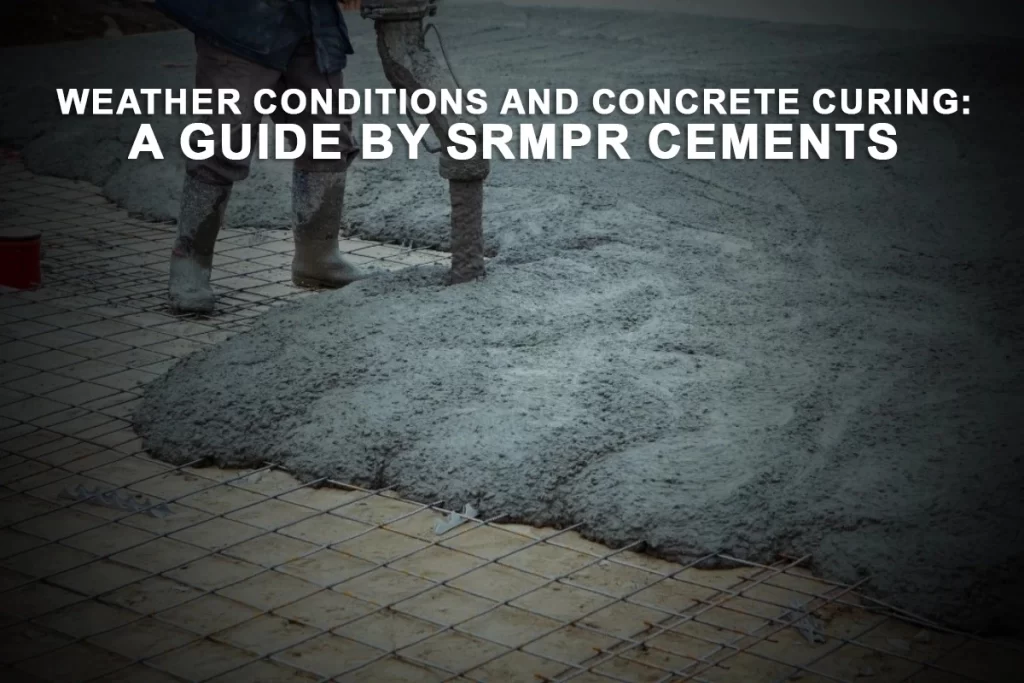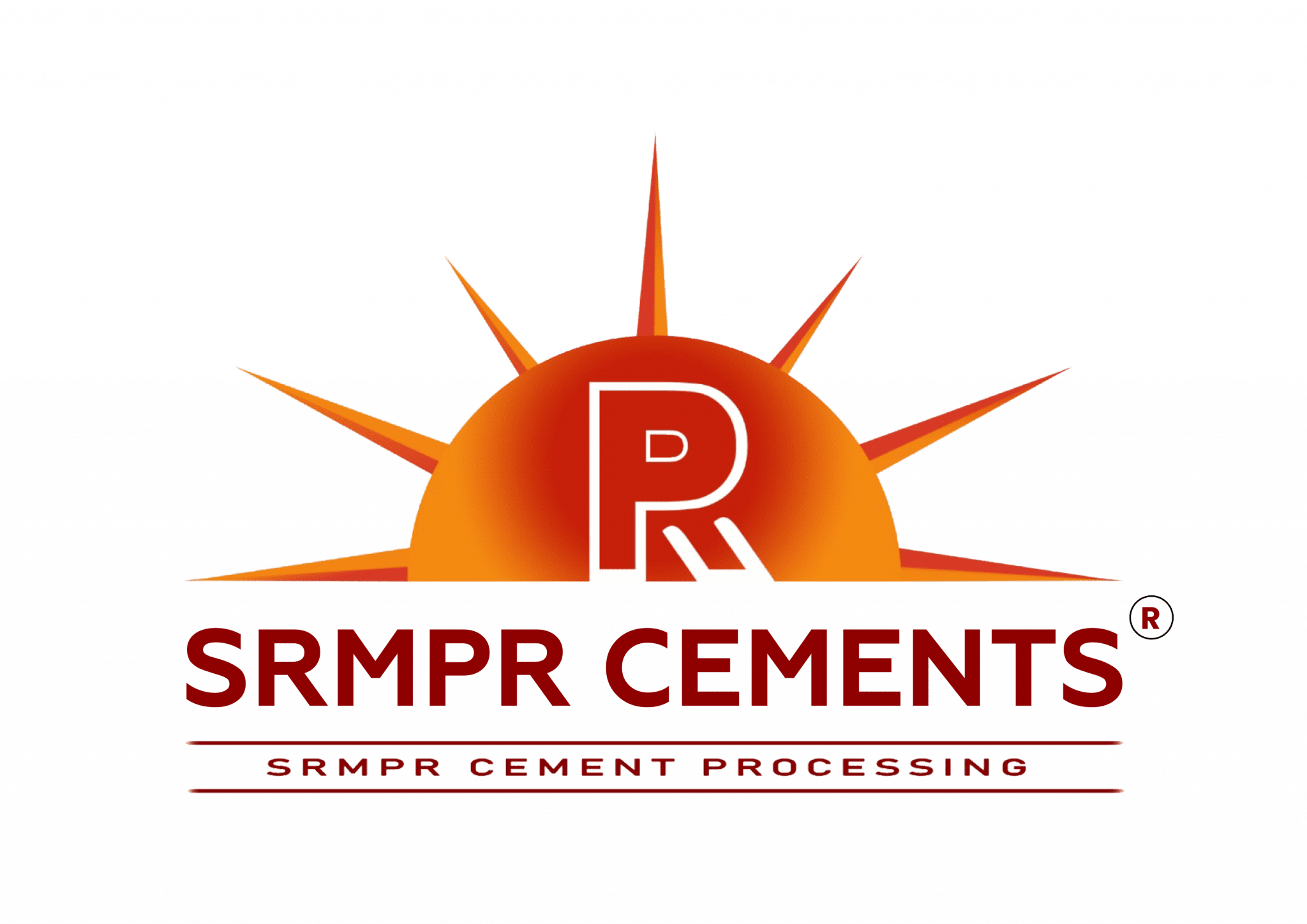Weather conditions play a crucial role in the curing and strength of concrete. Severe hot or cold weather poses a significant challenge in maintaining the concrete temperature within allowed limits. However, technological innovations have introduced tools and techniques for effective concrete monitoring during extreme weather, improving construction industry efficiency.
Concrete quality may be compromised if precautions are not taken during extreme weather conditions. Cold weather slows the curing process, reducing concrete’s strength. In hot weather, moisture can evaporate too quickly from the concrete slab. Accurate sensor monitoring is essential to ensure the cement undergoes the proper curing process.
Concrete Hydration
When aggregates such as sand and gravel are mixed with cement and water, an exothermic reaction occurs, producing heat known as the heat of hydration. This heat is crucial in the hardening of concrete.
During the hydration process, various chemical reactions occur, producing “hydration products.” These products help bind sand, gravel, and other components into a cohesive concrete mass, including:
- Calcium silicate hydrate (C-S-H)
- Calcium hydroxide (CH)
- Calcium aluminate hydrate
- Ettringite
Five Phases of Concrete Heat Evolution
The heat evolution in concrete is complex and impacts concrete strength. This process is divided into five phases, each with a specific timeline and chemical reactions influenced by the concrete mixture.
Phase 1: Pre-Induction
The hydration process begins shortly after water is added to the cement, causing a rapid temperature rise lasting about 15-30 minutes. This phase primarily involves the aluminate phases (C3A and C4AF), where tricalcium silicate ions react with gypsum and water to form ettringite, temporarily obstructing further reactions. Calcium silicate hydrate (C-S-H) also forms during this stage.
Phase 2: Dormant Period
In this phase, the initial reaction slows as chemical compounds coat the cement particles, leading to a slowdown in hydration. Known as the induction phase, this period lasts about five hours, allowing time for transporting and pouring concrete. The dormant period is critical because the concrete is still workable, ending with the initial set of concrete.
Phase 3: Strength Acceleration Period
Concrete starts to gain strength as it hardens into a solid mass. The heat of hydration increases, reaching its peak due to the chemical reaction between calcium silicate (C3S and C2S), which forms silicate hydrate (C-S-H), a primary source of concrete strength.
Phase 4: Speed Reduction
After the hydration heat peaks, it starts to decline as the formed hydrates protect unreacted parts. Most of the concrete strength is gained in this stage, which can last for hours or even months. Formworks are removed once the required strength is achieved.
Phase 5: Steady State
In the final stage, the hydration process slows down, akin to the dormant period. The remaining water and mixture continue to react, reaching final strength over days, months, or even years.
Temperature Monitoring During Concrete Hydration
Consistent temperature monitoring is critical in each hydration phase to maintain the required temperature, especially in extreme weather. Temperature control starts with the concrete mix itself. In hot weather, water is mixed with ice, while in cold weather, water and aggregates are heated. The allowable temperature range varies based on ambient conditions, impacting concrete quality if not maintained.
During the second phase, temperature monitoring ensures specifications are met to prevent strength reduction. Concrete temperature should be kept between 40-90°F, depending on the weather. In cold weather, it should stay above 40°F, while hot weather concreting requires a maximum of 90°F.
In phase three, where heat peaks at 70-80°C, monitoring internal temperature variances is crucial. Temperatures should not exceed 158°F (70°C) to prevent thermal cracks. Consistent ambient temperature measurement is also essential.
Temperature data during the fourth phase helps track concrete maturity, allowing engineers to safely remove formworks, preventing structural failure risks.
Hot Weather Concreting
Hot weather is characterized by high ambient temperatures, low humidity, and wind. Exceeding 90°F necessitates hot weather concreting measures, with a maximum hydration temperature of 70°C. Adjustments include adding more water to maintain consistency, though this can reduce final strength. Temperature also affects early-stage ettringite formation.
Precautions during mixing, placing, and curing are vital, with monitoring ensuring proper hydration.
Cold Weather Concreting
Cold weather, as defined by ACI 306, occurs when temperatures fall below 5°C. This slows the hydration process, reducing strength. Cold weather concreting procedures begin at 40°F to prevent early freezing, which weakens concrete. Heating water and aggregates helps maintain higher temperatures, ensuring concrete quality.
Extra precautions ensure structural integrity even in negative temperatures, preventing issues like delayed setting, freezing, and cracking.
Using Wireless Temperature Sensors for Concrete Monitoring
Accurate temperature data is essential in extreme weather concreting. Wireless temperature sensors provide reliable data, reducing human error and facilitating informed decisions. They are easy to install, safe, and accessible via mobile apps or computers, allowing site engineers to focus on other tasks while monitoring.
Weather conditions significantly impact concrete strength and quality. Effective planning and monitoring are essential to ensure durability. SRMPR Cements recommends incorporating wireless temperature sensors in your construction plans to protect concrete against extreme conditions and ensure high-quality structures.



